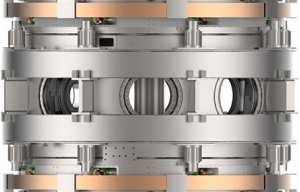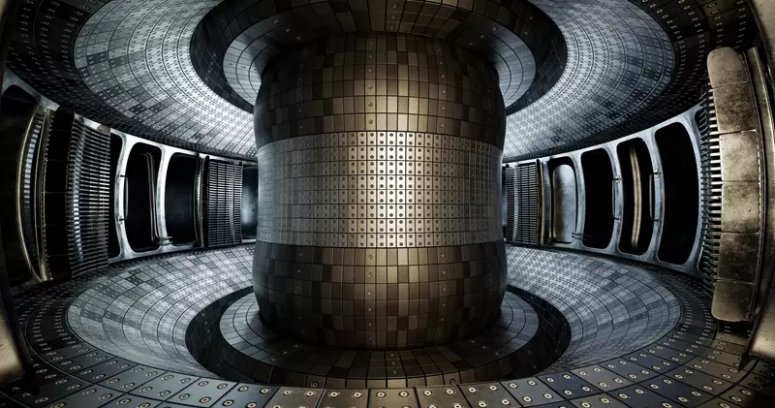
Composites play key role in UK’s new fusion device
Enabling reactors to operate at higher temperatures for improved thermal efficiency.

27th April 2023
Innovation in Textiles
|
Bristol, United Kingdom
The Bristol, UK-based National Composites Centre will be supporting the country’s Atomic Energy Authority (UKAEA) on the Haste-F programme, sharing knowledge and expertise in the application of silicon carbide ceramic matrix composites (SiC/SiC) in future fusion power reactors.
Funded by the Royce Materials Challenge Accelerator Programme (MCAP) and led by UKAEA, Haste-F is focused on addressing key engineering challenges in the use of SiC/SiC composites as a fusion material. Working with UKAEA, the NCC has identified a step change in SiC/SiC manufacturing that has the potential to transform the fusion sector, developing an efficient, scalable and cost-effective manufacturing route for ‘fusion-grade’ SiC materials.
“Silicon carbide composites have the potential to enhance fusion by enabling reactors to operate at higher temperatures for improved thermal efficiency, greatly increasing the commercial viability of fusion energy production,” said Dr James Wade-Zhu, senior materials engineer at the UK Atomic Energy Authority “We are pleased to be working closely with the National Composite Centre to address concerns around the scalability, formability and performance of current SiC/SiC grades, bringing about a generation of new UK IP in the process.”
SiC/SiCs are damage tolerant materials which exhibit excellent radiation resistance and have operating temperatures of up to 1,600°C. They are ideal candidate materials to withstand the extreme environments within a fusion reactor and also exhibit low density, delivering advantages over traditional metallic materials.
Compared with advanced steel designs, SiC/SiC components used in fusion reactors have the potential to double the electricity generated from every gigawatt of thermal energy produced. This significant increase in efficiency of future fusion reactors could save the UK billions in reduced energy costs and reduce the number of reactors required to meet demand.
The collaboration between UKAEA and the NCC has resulted in a significant process innovation that reduces the cost of manufacturing to one fifth of what can currently be achieved whilst shortening cycle times. Haste-F also increases design freedom for fusion components by enabling more complex shapes and thicker sections than can be made via current manufacturing methods. These advances will allow engineers to access all the advantages of SiC/SiC at a far lower price point.
“The National Composites Centre is accelerating net-zero energy generation by developing high value composites for extreme environments such as fusion reactors,” said Virtudes Rubio, principal engineer at the NCC. “This could unlock high-volume, high-performance SiC/SiC to the UK, driving a major transformation in sectors that utilise high-temperature CMCs, such as nuclear, defence, space and aerospace.”

Business intelligence for the fibre, textiles and apparel industries: technologies, innovations, markets, investments, trade policy, sourcing, strategy...
Find out more